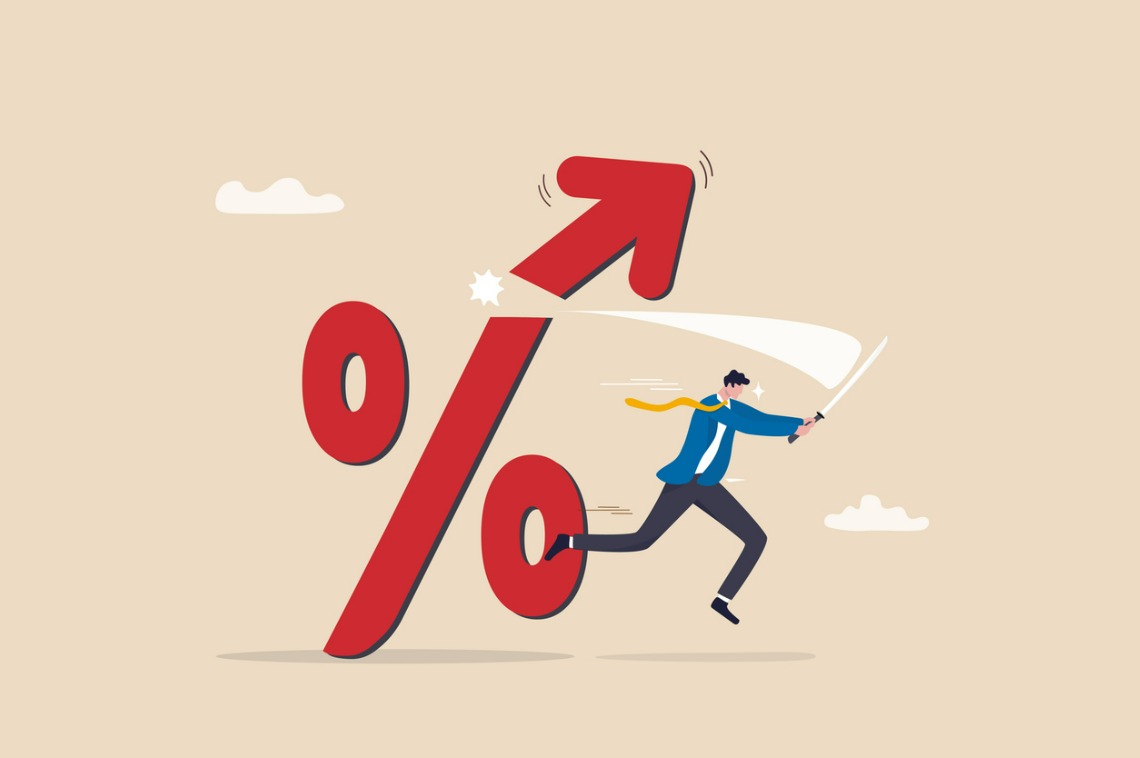The personal consumption expenditures price index (PCE) increased 0.1% in June (slightly up from May’s 0% monthly change) and was up 2.5% from a year ago, according to estimates released by the U.S. Bureau of Economic Analysis on July 26, with the annual rate showing a slight decline from the prior month.
The results bode well for a potential Fed rate cut in September, with core inflation, which excludes food and energy, showing a monthly increase of 0.2% and 2.6% on the year, both also in line with expectations.
Melissa Cohn, regional vice president at William Raveis Mortgage, was heartened by the news.
“This morning the latest reading of the PCE was released and revealed that the rate of inflation has continued to decline,” she said. “Year-over-year, the rate of inflation dropped to 2.5%, down from last month’s 2.6%. Bonds are rallying, and the real estate market is cheering. Today’s number should seal the deal for a rate cut in September.”
Personal income increased $50.4 billion (0.2% at a monthly rate) in June, according to the U.S. Bureau of Economic Analysis’ estimates. Disposable personal income (DPI), personal income less personal current taxes, increased $37.7 billion (0.2%), and personal consumption expenditures (PCE) increased $57.6 billion (0.3%).
From the preceding month, the PCE price index for June increased 0.1%. Prices for goods decreased 0.2% and prices for services increased 0.2%. Food prices increased 0.1% and energy prices decreased 2.1%. Excluding food and energy, the PCE price index increased 0.2%.
From the same month one year ago, the PCE price index for June increased 2.5%. Prices for goods decreased 0.2% and prices for services increased 3.9%. Food prices increased 1.4% and energy prices increased 2%. Excluding food and energy, the PCE price index increased 2.6% from one year ago.
The PCE price index increased 0.1%. Excluding food and energy, the PCE price index increased 0.2%. Real DPI increased 0.1% in June and real PCE increased 0.2%; goods increased 0.2% and services increased 0.2%.
The increase in current-dollar personal income in June primarily reflected increases in compensation and personal current transfer receipts.
The $57.6 billion increase in current-dollar PCE in June reflected an increase of $53.1 billion in spending for services and an increase of $4.5 billion in spending for goods. Within services, the largest contributors to the increase were other services (led by international travel) and housing and utilities (led by housing). Within goods, the largest contributors to the increase were other nondurable goods (led by pharmaceutical and other medical products) and recreational goods and vehicles (led by information processing equipment). These increases were partly offset by decreases in motor vehicles and parts (led by new motor vehicles) and gasoline and other energy goods.
Personal outlays—the sum of PCE, personal interest payments and personal current transfer payments—increased $59.3 billion in June. Personal saving was $703 billion in June, and the personal saving rate—personal saving as a percentage of disposable personal income—was 3.4%
The 0.2% increase in real PCE in June reflected an increase of 0.2% in spending on goods and an increase of 0.2% in spending on services. Within goods, the largest contributor to the increase was recreational goods and vehicles (led by information processing equipment). Within services, the largest contributor to the increase was housing and utilities.

